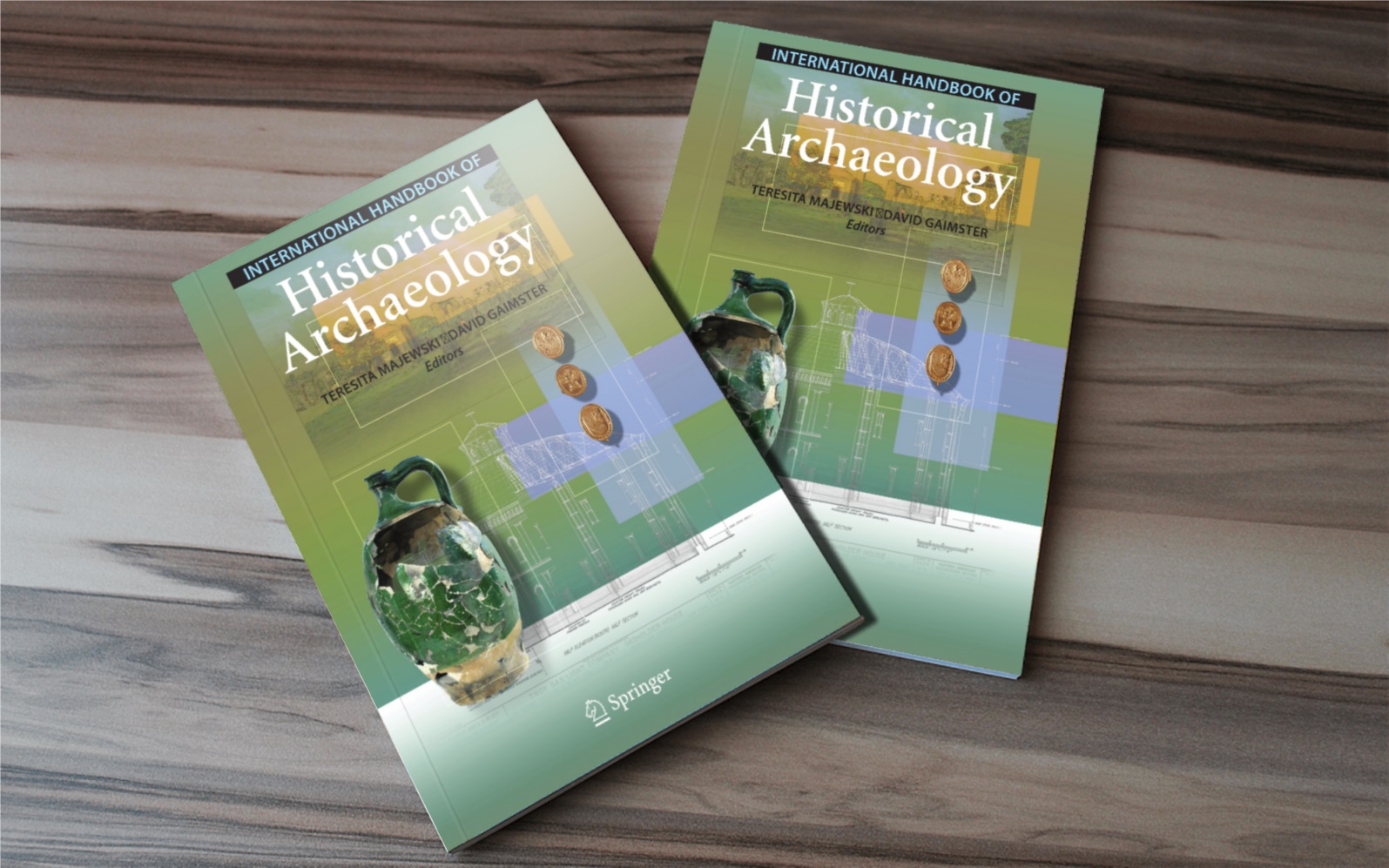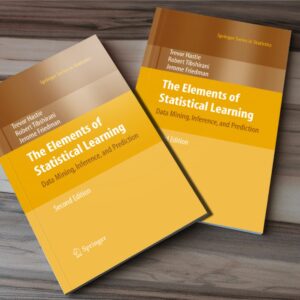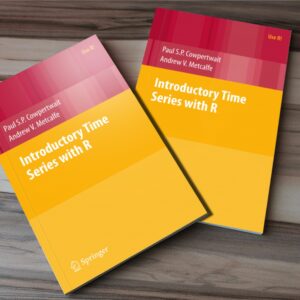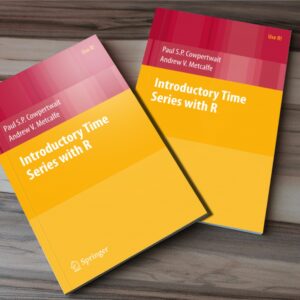International Handbook of Historical Archaeology
About this Book
In studying the past, archaeologists have focused on the material remains of our predecessors. Prehistorians generally rely almost exclusively on the diverse material record for their understanding of past societies and their behavior. Those involved in studying historically documented cultures not only have extensive material remains but also contemporary texts, images, and a range of investigative methods to enable them to build a broader and more reflexive picture of how past societies, communities, and individuals operated and behaved. Increasingly, historical archaeology refers not to a particular period, place, or a method, but rather to an approach that interrogates the tensions between artifacts and texts irrespective of context. In short, historical archaeology provides direct evidence for how humans have shaped the world we live in today.
The 35 essays in the International Handbook of Historical Archaeology have been specially commissioned from leading researchers in their fields, creating a wide-ranging digest of the increasingly global field of historical archaeology that will be an essential addition to any library. Authors include both senior and junior scholars and represent the major sectors where historical archaeologists are employed today—the cultural resource/heritage management industry, universities, government agencies, and museums. The volume is divided into two sections, the first reviewing the key themes, issues, and approaches of historical archaeology today, and the second containing a series of case studies charting the development and current state of historical archaeological practice around the world. The contributions to the handbook include unique topical and regional syntheses not found in historical archaeological compendia published to date. This key reference work captures the energy and diversity of this global discipline today, and its format and content are particularly suitable for classroom use.





